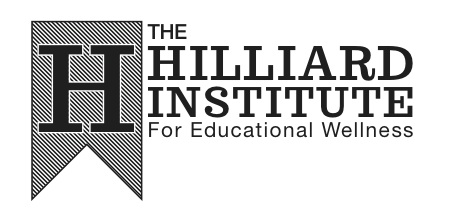The Creative Process: Hand Lettering
By Rehanna Mae Grant
The creative process is a difficult thing to explain or understand, and everyone’s process is slightly different. In this post I will share my creative process laid out using the accepted five steps of creativity.
- Preparation
- Incubation
- Illumination
- Verification
- Elaboration
The first four steps may be repeated a few times, and are not necessarily set in stone.
Step 1: Preparation
I consider this the initial idea and research stage. For this post I am using a quote from the Cinderella sonnet in Stories of Enchantment as my example of the creative process. The first step in preparation is knowing what the quote is and where it originates from. Knowing these two things helps during the research part.
Once I know what the feeling of the quote is (i.e. romantic, creepy, inspirational), I can start researching fonts and other hand lettered quotes. This is where Pinterest becomes my best friend. I look at everything from inspirational posters to logo design. My goal here is to fill my brain with different layouts, hand written fonts, and little added embellishments. Once I have absorbed as much info as I can it’s time to move on to step 2.
Step 2: Incubation
Or as I call it: break time! In this step I literally walk away from the project. I’ll read a book, go for a walk, bake cookies, or tackle my To-Do list. Whatever gets my mind off of the job that is evading me. It’s very important to stop consciously thinking about the project. Research has shown that letting your mind wander leads to greater creativity, and day dreaming is one of my favorite past times.
This step shouldn’t take too long. If I have not had an insightful moment within twenty-four hours, it’s time to move on to a new project and revisit this one later. However, I don’t always have the luxury of moving on. If the job at hand has a set deadline, I have to find a way to make it work. This is when I will go back to step one and use some problem solving skills from step four to try and force myself into the illumination stage.
Step 3: Illumination
This is that “eureka” moment we crave as a creative. If I am being perfectly honest, my “aha” moment usually happens in the shower or driving my car. When creativity strikes, the urge is so unbelievably strong that I can lose track of everything around me. I know it’s kind of cliché, but this is one of my favorite feelings in the world. That need to get whatever is going on in my head down into whatever medium I’m working in is so powerful and so freeing.
This step might possibly be my favorite. It can happen anywhere at any time, and it fills you with a sense of excitement like being on a roller coaster. Now I am ready to sketch out what I want the end product to look like. Sometimes I get it right on the first try. Other times I go through a few sheets of paper.
Now that I have it drawn in pencil it’s time for step four. The most dreaded of the five steps.
Step 4: Verification
Or some may call it Evaluation. Basically this stage is where I take a step back, self-critique, and reflect on my initial sketch and the established work that I have put in at this point. Usually this stage comes when I have exhausted the surge of energy the Illumination step gave me, but, depending on the project, this step can happen at any time during the creative process.
As I said before these steps are not set in stone. Sometimes verification and incubation merge into one step. This especially happens if I am questioning the project as a whole. However, in the case of the Cinderella quote, everything went relatively smoothly, and when it came time to evaluate the project, I had completed the hand lettering and was contemplating the overall look, and how or if I should add extra details or color. When considering this I went back to the preparation step. My original vision was simple, handwritten script, and that’s it. Upon further evaluation, I felt it was too plain and needed something more added. So I took a detour into the incubation stage and decided that flowers and vines placed around the words would add dimension.
Step 5: Elaboration
At this point I have been through the first four steps possibly more than once. Now I am ready to make those finishing touches. For the Cinderella project that meant going back and sketching in some vines and flowers; then finishing with ink and hatching.
The elaboration stage is what the world sees and calls creativity. It’s truly the work stage of the creative process. Other people only see the creation when it is finished; they don’t recognize the process that generated the idea. This can be the hardest part, but it’s truly the most gratifying. Without the work a creative mind would go to waste.




